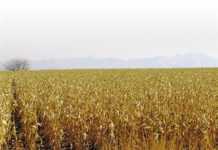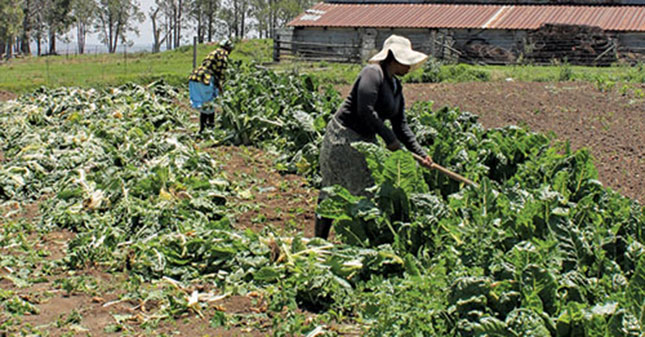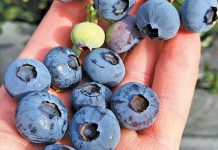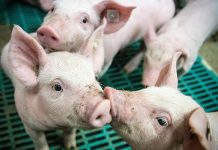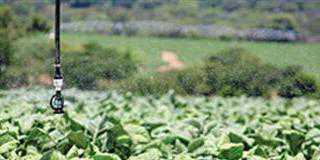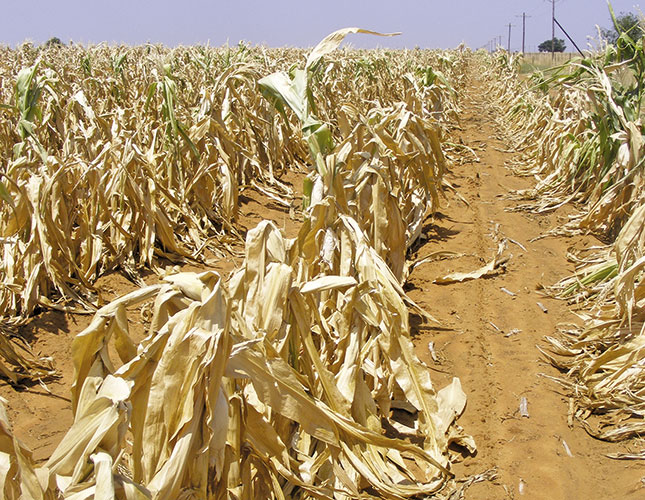
The Current scenario
The present drought, the worst in more than 20 years, has resulted in government declaring Limpopo, KwaZulu-Natal and North West disaster areas. The Crop Estimates Committee (CEC) of the department of agriculture said recently that commercial farmers intended to plant 2,5 million hectares of maize for 2016, which is 3,8% less than the 2,6 million hectares planted last season.
Farmers intended to plant 1,4 million hectares to white maize, which is 1,8% less than in the previous season. In the case of yellow maize, the CEC expects plantings of 1,13 million hectares, which is 75 800ha (6,3%) less than in the previous season. Producers say that less maize will be planted for the 2016 season because they are under pressure due to the current dry weather conditions. However, rainfall could change this.
Against this background, Farmer’s Weekly asked Syngenta agricultural economist Manfred Venter how he saw the situation.
What strategies do farmers need to adopt to farm effectively under the current conditions?
The current situation in agriculture doesn’t look great. Livestock and crop farmers are under siege as a result of the drought and most farmers are under severe financial difficulties. They have to implement different strategies, such as planting less maize and more soya beans and sunflower, because these crops don’t need too many heat units to produce a crop, and they can be planted a bit later than maize.
Another reason to go into these alternative crops is that they are less capital-intensive and therefore less of a financial burden. Farmers have to make smart decisions this year. One of these is to make use of the best seeds and fertiliser to get the best yield. Now is not the time to cut back on quality. But where one can cut back is quantity.
In short, to cope with the current situation and improve your prospects, plant less with the very best resources you have.
What in your view is the immediate impact of the drought on livestock and crop farmers?
We might not be able to produce enough maize for local consumption. Planting dates are being delayed and this means that farmers in the eastern region will have to switch to alternative summer crops such as soya beans and sunflower because less growing time is required to produce a good crop.
We won’t be able to produce enough yellow maize, so we might have to import more yellow maize next year from Mexico, the US, Brazil and Argentina – our traditional exporters of the commodity. But imports will be more expensive because of the weak rand. Farmers in the western region can still plant white maize, so there won’t be a shortage of white maize in the country.
What are your thoughts on the drought-tolerant seeds being developed and which will apparently be commercially available to farmers next year?
Drought-tolerant seeds are a great initiative. That said, there are good cultivars already available on the market that one can make use of. I think we need to look at ways of managing drought-tolerance in our farming businesses, and be realistic at the same time. Drought-tolerant crops can make a difference, but if it doesn’t rain, then of course nothing will grow.
Is there enough time left for any rain to make a substantial difference this season?
It will be difficult to get a good yield if we don’t get any good rains before, say, 25 December. Maize farmers spend in the region of R8 000/ ha in input costs, so if it doesn’t rain they will probably say: “I’m going to hold on to my money.” As things stand, livestock farmers are slaughtering many of their cattle and sheep to farm sustainably.
Feedlots are fairly full at this stage, abattoirs are overstocked, and the value chain is affected by all this slaughtering. The effect of all this will be felt in 2016 and 2017 when red meat prices start to increase because most of the productive cows would have been slaughtered to mitigate the crisis. Currently, prices for red meat are moving sideways – in fact, slightly down.
An alternative option to slaughtering would be to continue feeding these cows, but it becomes expensive under these conditions and hurts profits. There is no correct answer and the choice requires proper financial calculations. This is where careful homework is crucial. In addition, there is a shortage of maize in the country and when there is a high demand for feed, the prices go up [see Endnote].
Most of Southern Africa, including Botswana, Namibia and Zimbabwe, is experiencing drought. There is no place where we can take our cattle to give them a good grazing.
Should government not meet farmers halfway in the form of a subsidy to enable them to weather the drought?
Farmers don’t earn a salary every month like those who sit in air-conditioned offices. They depend on what nature gives them. I would like to see government giving farmers a subsidy. Government must create a conducive environment for them to continue farming. However, we must not expect government to give us a solution – we are the solution. We are going to determine our own destiny, even if it means creating our own investment fund to address this drought.
ENDNOTE
According to Grain SA economist Wandile Sihlobo, maize prices have been trading at a higher level since mid-February.
The US Department of Agriculture has forecast that 974,87 million tons of maize will be produced globally during the 2015/2016 production year, he says.
“However, it would be expensive to import maize from the world market to South Africa because one has to pay import parity price, which is roughly 10% higher than white maize Safex-traded prices and 16% higher than yellow maize Safex-traded prices,” says Sihlobo.
“But of course, we’ve been seeing some maize imports from South America (Brazil and Argentina), Mexico and Zambia.
“South Africa’s 2015/2016 total maize imports currently stand at 478 691t, 62% of Grain SA’s forecasted imports for this season (770 000t).”
Sihlobo adds that there is a possibility of light showers in the coming weeks.
“This might not lead to much improvement, though, because soil moisture is extremely low due to the heat and prolonged dryness,” he says.
Email Manfred Venter at [email protected].
This article was originlly published in the 27 November 2015 issue of Farmer’s Weekly.



